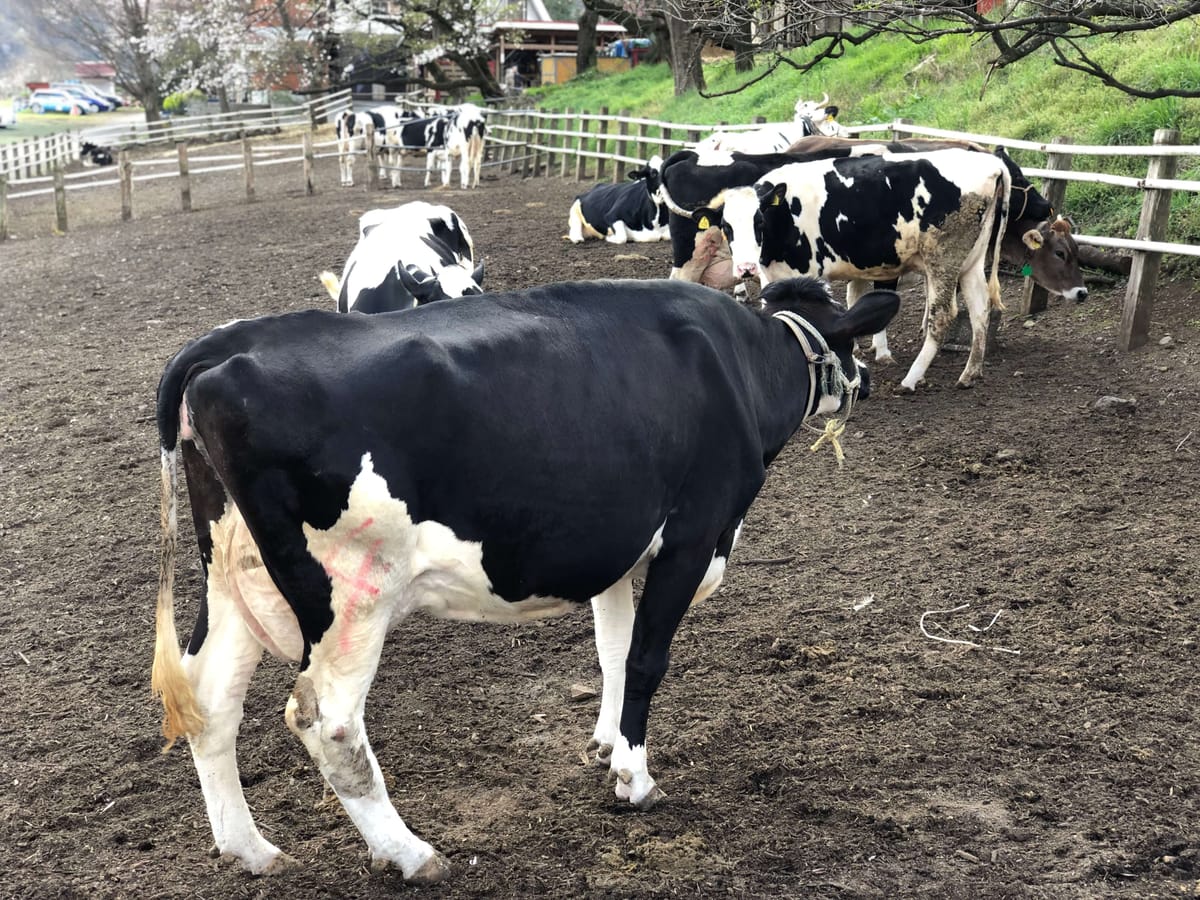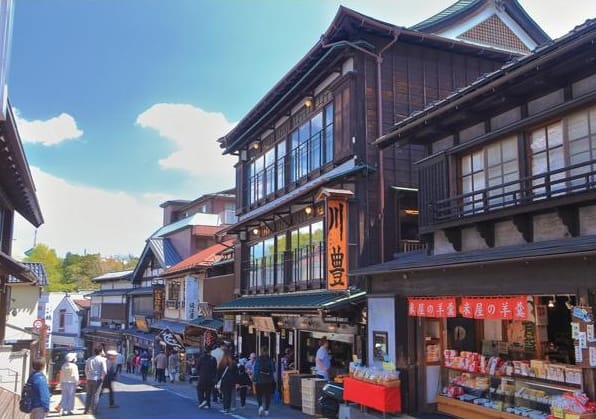Do you recommend to go to a Wagyu cattle farm?
Visit Wagyu cattle farms in Japan for fresh dairy, animal encounters, and seasonal events—but buy Wagyu beef at local markets or roadside stations.

If you’re expecting a fun day out like a theme park visit, I’d say it depends on what kind of experience you want. Japan does have some well-known farms that welcome visitors, like Koiwai Farm in Iwate Prefecture and Mother Farm in Chiba Prefecture. These places are popular because they blend farming with tourist-friendly activities, so you can enjoy more than just looking at cows. But if you’re thinking of visiting a typical Wagyu cattle farm — the kind where they breed and raise the famous beef — those places usually aren’t set up for tourists. They tend to be private and not open for casual visits.
If you’re driving around and want to find farms to visit, searching “牧場” (farm/ ranch) on Google Maps will show lots of options, especially in Hokkaido, which has the most cattle in Japan. But even there, most farms don’t let visitors in freely. On the plus side, many farms have fresh milk and soft-serve ice cream made from their milk, which is a treat I always look forward to. However, if you want to buy Wagyu beef directly, farms usually don’t sell it on-site. Instead, local roadside stations called “michi-no-eki” often have great selections of regional beef and other specialties.
What if I want to see Wagyu cattle up close? Are there farms that allow that?
Most Wagyu farms are private and focused on raising the cattle rather than tourism, so they usually don’t have public viewing areas. However, places like Koiwai Farm and Mother Farm do have cattle and other animals you can see, but the cattle there might not be the high-grade Wagyu you’re imagining. These farms aim for a fun, family-friendly atmosphere with petting zoos, playgrounds, and seasonal events. So if your goal is to observe cows in a relaxed setting, those farms are your best bet.
How about trying fresh farm products? What should I look for?
Definitely try the fresh milk and ice cream at farms that offer them. The milk in Japan, especially from these farms, tastes different from what you might get in a supermarket — it’s often richer and creamier. Soft-serve ice cream made from local milk is a special treat and usually costs around ¥400–600 (about $3.00–$4.50 USD). These dairy products give you a taste of the countryside without needing to visit an actual beef farm.
Are there any seasonal events or activities at these farms that locals enjoy?
Yes, farms like Koiwai and Mother Farm hold seasonal events such as flower festivals, sheep shearing demonstrations, and even fruit picking. Locals often visit these farms for day trips to relax, enjoy nature, and escape city life. Participating in activities like feeding animals or harvesting crops offers a glimpse of rural Japan that you won’t find in urban tourist spots.
If I want to buy Wagyu beef, where should I go instead?
Since farms rarely sell beef directly, roadside stations (michi-no-eki) or local markets are better options. These spots offer regional Wagyu beef cuts, often with detailed information about the cattle’s origin. Prices vary widely depending on the grade, but expect to pay at least ¥3,000–5,000 per 100 grams ($22–37 USD) for good quality Wagyu. Buying from a michi-no-eki also supports local farmers and lets you explore regional specialties.
Can I visit farms easily by public transportation?
It depends on the region. Farms near big cities like Mother Farm in Chiba are accessible by bus from train stations, but more rural farms often require a car. In Hokkaido or Iwate, public transport to farms may be limited, so renting a car is common for visitors who want to explore countryside areas fully.
In summary, if you want the full Wagyu cattle-raising experience, it’s tough because those farms keep a low profile. But for a fun, authentic taste of farm life — fresh dairy, animals to see, and seasonal events — places like Koiwai Farm and Mother Farm are great. And if you want to enjoy Wagyu beef itself, save that for local markets or roadside stations where the beef is sold and you can bring some home. That’s how many Japanese people experience farm life and regional food without being farmers themselves.



Comments ()